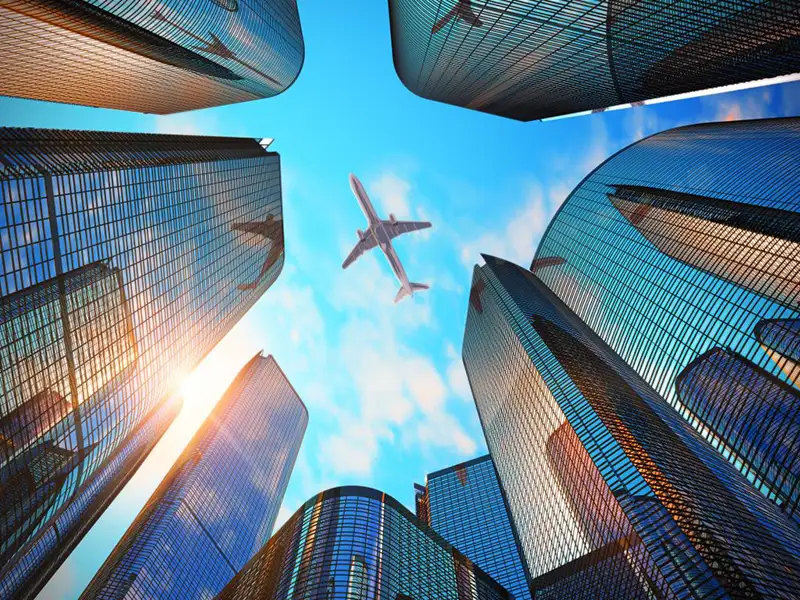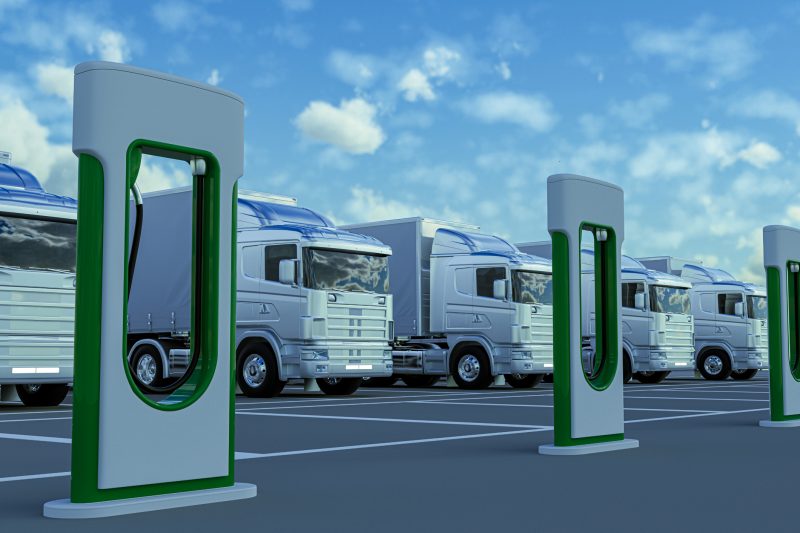

While still recovering from the catastrophic impact of the Covid pandemic, airlines are having to compete by offering customers ever greater levels of comfort and a better experience, all for the lowest possible price. The volatile cost of fuel is adding to their difficulties.
The aviation sector is clearly at a significant crossroads with some important choices to be made in the interests of sustaining profitability and ensuring future viability.
In addition, the industry is facing the challenge of navigating towards a more sustainable future. The World Economic Forum estimates that aviation is responsible for around 2.5% of global CO2 emissions. Ever widening access to low-cost air travel looks certain to drive emission levels higher, as long as aircraft continue to rely on jet gasoline for fuel. The European Commission has estimated that by the middle of this century, rising demand for flying could push the industry’s greenhouse gas output to three times what it was in 2005, if unchecked.
“In a world struggling to address climate change, something clearly has to give,” believes Laure El Mhadder, Sales Director Electronics at Milexia France, a supplier of advanced technologies for the aerospace sector. “On the plus side, there are signs that aviation is moving beyond eco aspiration and in the direction of clearly defined targets and specific commitments. Greener air travel is becoming a top priority for many airlines, with the latest goal being net-zero carbon emissions from the entire global air transport industry by 2050.”
She points to how the International Air Transport Association (IATA) rallied its member airlines behind this pledge in 2021, which if effective will bring the sector in line with the objectives of the Paris Agreement to limit global warming to below 2°C.
“Success in this endeavour will not be a trivial matter,” cautions Giuseppe Bergamaschi Sales Director with Milexia Italy. “There is no single solution that will fix everything, safeguarding both the environment and future profitability. What is needed is the coordinated efforts of the entire industry, from airlines and airports to air navigation services and manufacturers of planes. Support at government level will also be key. All these disparate interests will need to collaborate on new types of aircraft technology and better business models, as well as come up with creative approaches to the development and use of sustainable fuels. What is required, in a word, is innovation.”
New challenges, new solutions
So, what are the technologies and models that will allow airlines to deliver on green promises while supporting future profits? Fibre optic technology, though scarcely a new technology in land-based applications, is now being deployed in the air to improve reliability and security, with high hopes for the dividend of greener travel and greater customer satisfaction.
“Unlike copper cabling, fibre offers consistent communication between various aircraft components, such as avionics, navigation and communications systems,” says Laure. “It is a more secure medium for transmitting sensitive data, and because it is lighter than copper it allows for significant weight reduction in aircraft wiring that translates into better fuel efficiency.”
Cost and environmental impact, she argues, are thus reduced and space freed for other monetizable purposes. Fibre also helps airlines to provide enhanced in-flight services, including real-time video streaming and more personalised passenger experiences, contributing to new revenue possibilities.
“Inside the aircraft, people are looking for a more comfortable flight in terms of seating space, and better infotainment services,” says Giuseppe. “Improved telematics and Ethernet connectivity over fibre will enable this.”
He believes smarter technology and improved automation will not only make planes greener but also enable airlines to offer features to all passengers that were once for premium flyers only. The upshot should be a more granular business model than just First, Business and Economy: “I believe we are looking at an important post-Covid trend,” he says. “It’s about creating more services that people will pay for.”
Taking carbon out of the equation
Carbon offsetting is a way to mitigate the environmental impact of air travel, allowing for the CO2 emissions released through flying to be compensated for by carbon reduction projects in other areas, for example through renewable energy projects. The ultimate goal is an industry-wide approach that makes all air travel net carbon neutral.
Already over 40 airlines offer voluntary schemes where passengers pay an additional fee to fund projects that offset the CO2 emissions produced by their flight. But uptake has been modest, and ways must be found to make offsetting easier and more attractive. Pioneers in this area include BRA Airlines in Sweden which offsets 100% of all its passenger journeys. Additionally, its Green Class ticket goes towards funding sustainable aviation fuel. Delta Airlines has been offsetting new emissions since 2012, while British Airways and Air France have offset 100% of their domestic flights.
“The importance of carbon offsetting could be pushed to the margins if the most important aviation innovation of all can be made to work – the development of green fuel,” points out Giuseppe. “Sustainable Aviation Fuel (SAF) is the dream of aircraft makers, of airlines, and of governments keen to play their part in encouraging decarbonisation. Technological breakthroughs are already turning the idea of electric and hydrogen-powered aircraft from concept to reality. Shorter flights, those of fewer than 2,500 miles, account for more than half of all aviation emissions and it is these that are being targeted first by developers of new power sources.”
European aviation giant Airbus, he says, is at work on developing hydrogen-fuelled zero-emission commercial aircraft. Boeing, the other global force in aircraft development, has also invested in more fuel-efficient aircraft as well as new types of fuel, including a dashboard designed to track SAF capacity globally.
The path to hydrogen-fuelled planes is strewn with obstacles, not least the challenge of producing hydrogen at scale using sustainable methods. Business and government leaders will need to get their heads together on this one to encourage both more research into green hydrogen production and to encourage more companies to adopt SAF.
“We are being asked by our customers to advise them on sustainable fuel, worried about the impact of their emissions on the planet and concerned about regulations in this area,” says Laure. “The zero-emission aircraft is still just a concept at this stage. We are at least on the journey toward it, even if we are at the beginning of that journey.”
She points to encouraging examples of success in other sectors, for example automotive: “We’re already moving to the electric car which gives us hope that CO2 emissions in aviation can be controlled. Interestingly, military aircraft are leading the way here, representing 70% or more of our activity in this area.”
So, can aviation meet its binding sustainability commitments while remaining profitable? It is a truly existential question. If this industry gets the big calls wrong, it is hard to see a future for the easy and accessible air travel we have become accustomed to.
But the challenge can also be seen as an opportunity to rethink relationships with customers, meeting their concerns and satisfying their demands in new ways. The result just might be a revamped and revitalised travel experience as well as a new pathway to profit.
As seen in in the January edition of Aerospace Manufacturing Magazine



